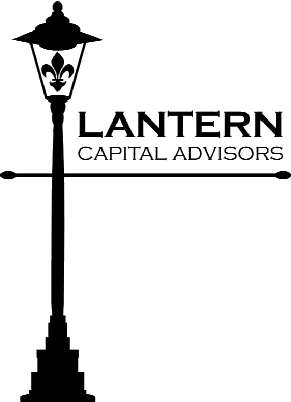MBO Management Buyout: PE vs No-PE
I have a client pursuing a MBO management buyout of his company from its public parent. As we assessed different management buyout financing options, he had a big decision to make. Did he want to partner with a private equity firm (PE) or do the financing on an all debt basis through a combination of bank and non-bank lenders (non-PE)? Here is the upside and downside of using private equity for management buyout financing and what he ultimately chose.
Benefits of Private Equity Led Management Buyout
PE firms run the closing process – Once you pick a private equity partner they typically run the negotiation and closing process which includes finding other financing, if needed. As such, the management team typically has less financial risk if the deal does not close because the due diligence, underwriting and legal fees are covered by the PE firm. Sequin Saturday
Strong focus on growing enterprise value – Once closed the private equity firm is completely focused on driving enterprise value in the company. This focus translates into a strong focus on growing EBITDA and many groups have considerable past success and experience doing that.
Ability to drive faster growth after acquisition – In addition to funding the initial buyout, PE firms often will invest additional capital to fund faster organic growth or provide capital to acquire additional companies. Growth investments can also include acquiring technology or systems that improve business processes or further optimize the business to build greater enterprise value. Conversely, buyouts funded on an all debt often must balance capital used for future growth vs. paying capital back to financing partners.
Detriments to PE Backed Financing
Lower ownership for key management – My client’s equity ownership opportunities working with a PE firm ranged between 10%-20% with an ability to increase up to 35% or more with positive future growth. Conversely, a buyout financed on an all debt basis gave he and his team had the ability to own a controlling stake ranging from 50% to over 85%. The higher ownership %’s could be attained by if the company to meet or exceed its projected income (EBITDA).
PE firm is the real owner – During his conversations with the different private equity funds my client began to realize the growth strategies of the Company would need to be approved by the PE firm and they had many of their own ideas about expansion into other markets and faster growth. While much of that was exciting my client began to realize the PE firm will be the real owners and control the the business, strategies and objectives. This control could translate into the selling the business in 5 years even if he wanted to growth if further.
Intense management oversight – During our discussions with prospective PE firms, it also became clear there would be regular meetings and calls (typically weekly) to discuss operations and implementation of growth strategies. For my client, this level of oversight was more than he currently had with his current corporate parent company.
His Decision
In the end, my client chose the all debt route. While the closing process would be more complicated and he was assuming some of the risk of closing, the opportunity to own a majority of the Company and drive the future direction of the business was what most appealed to him.
This decision of “PE or No PE” is not always black and white. In some situations, the only way to finance the transaction is with the help of a private equity partner (such as for large deals) and the opportunity to to grow much faster after acquisition (with additional capital from the PE firm) can create game changing financial opportunity for the executives involved. Regardless, its good to know the options how to attain greater ownership and autonomy if that’s what appealing to executives looking to become owners.
